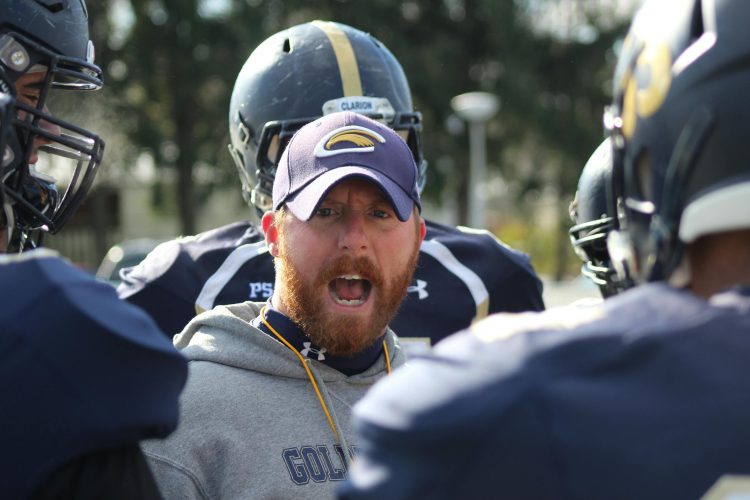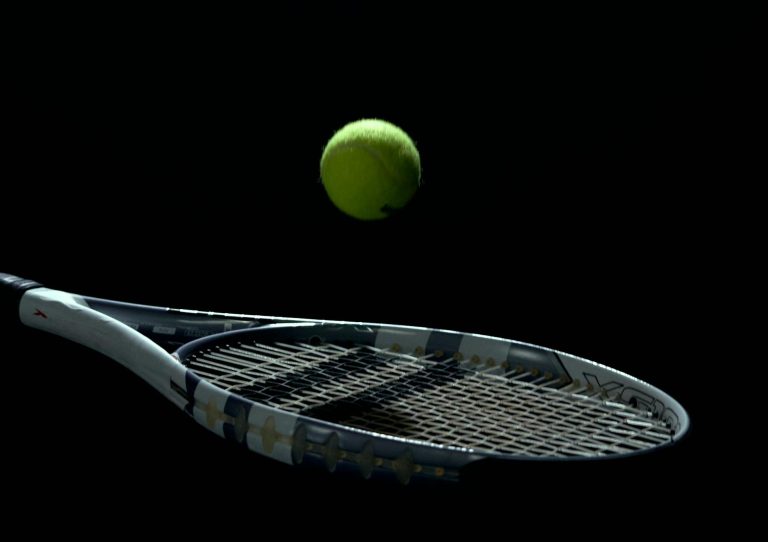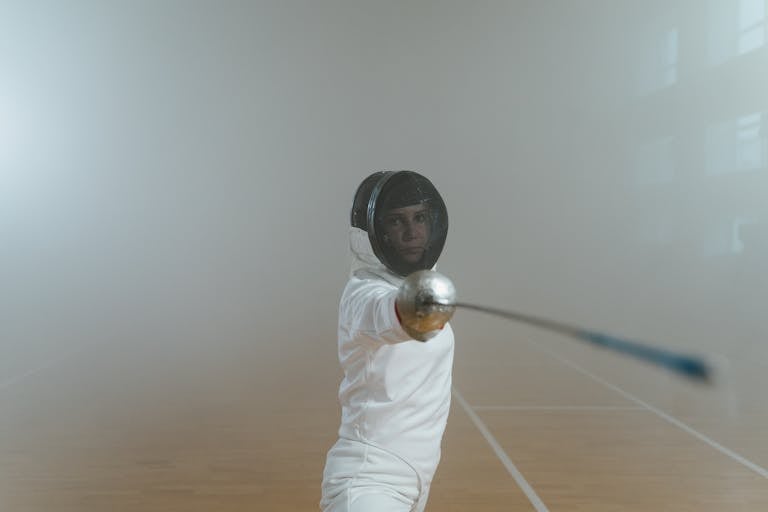What Coaches and Parents Get Wrong About Athlete Careers

What Coaches and Parents Get Wrong About Athlete Careers
When it comes to career planning for student-athletes, almost everyone means well—coaches, parents, trainers, even teammates. But after years on the front lines of NIL management and college sports, I can tell you: there’s a big gap between what most adults believe about “what’s best” and what actually works for an athlete’s future. If you want your athlete to thrive—on and off the field—here’s what you need to know, and what most get wrong.
1. Overemphasizing the Sport, Underestimating the Person
The biggest myth? That athletic ability alone is the golden ticket to a great life. Yes, your sport can open doors, but if you don’t develop your identity, your skills, and your network beyond the game, you’ll hit a wall.
Too many families and coaches focus everything on the next tournament, the next scholarship, the next season—ignoring what happens after the final whistle.
Real-world fix: Encourage your athlete to develop interests and skills outside their sport. Push them to join campus clubs, volunteer, explore summer jobs or internships—even if it means missing a workout now and then. The most successful alumni are well-rounded, not just “all in” on their sport.
2. Talking About Scholarships Like They’re a Retirement Plan
It’s easy to dream big about full-ride scholarships and pro contracts, but the truth is:
- Only about 2% of high school athletes get any athletic scholarship at all.
- Even fewer go on to earn a living as a pro.
Families who pin their whole plan on a scholarship often find themselves unprepared for the real cost of college, or worse, let down when offers don’t materialize.
Real-world fix: Build a financial plan that doesn’t depend on “maybe.” Explore academic scholarships, need-based aid, and plan for “walk-on” scenarios. Use NIL as a way to supplement—not replace—your education plan.
3. Mistaking Exposure for Opportunity
Coaches and parents often believe, “If you just get enough attention, everything will fall into place.” The reality? Social media likes and camp invites do not equal real-world opportunities.
Some athletes spend so much energy chasing “follows” that they miss building true, valuable connections—with mentors, alumni, or local businesses.
Real-world fix: Encourage real networking over digital popularity. One strong relationship with a sponsor, business leader, or professor is worth more than 10,000 anonymous followers.
4. Over-Involving (or Under-Involving) Parents
There’s a fine line between “supportive” and “overbearing.” I’ve seen parents who drive every NIL decision and end up burning bridges, and others who leave it all up to the athlete and miss obvious pitfalls.
Real-world fix: Parents, be a sounding board and advisor, not a boss. Set boundaries and help with logistics (taxes, contracts, scheduling), but empower your athlete to make decisions, handle outreach, and own their story.
5. Ignoring Life Skills—Financial, Emotional, and Professional
Coaches and parents obsess over stats and wins, but rarely talk about the basics: budgeting, time management, tax planning, public speaking, and handling setbacks.
In the NIL era, these are essential skills—one bad deal or PR mishap can have lasting consequences.
Real-world fix: Proactively teach and model these skills. Help your athlete track earnings, set budgets, and ask for help when they’re overwhelmed. Set up sessions with career counselors, accountants, or former athletes.
6. Underestimating the Power of Failure
The myth: “Winners don’t fail.” The truth: The best athletes are the best learners.
Some parents and coaches shield their athletes from hard lessons—covering for mistakes, or blaming others for setbacks. This robs the athlete of critical resilience and adaptability.
Real-world fix: Let your athlete experience failure—and learn from it. Talk through mistakes, lessons learned, and how to bounce back. Every pro I know has a list of failures they turned into fuel.
7. Not Preparing for What Comes Next
Too many families and coaches avoid “the end” conversation. What happens when sports are done? What if an injury changes everything overnight? The best career plans start with this question—not end with it.
Real-world fix: Discuss options early. What majors or careers interest your athlete? What skills are they building now that translate to the real world? Use their NIL and sports story as a springboard for internships, job shadows, or entrepreneurship.
Final Thoughts
If you want to see your athlete thrive long after their playing days, you need more than a highlight reel. You need a plan built on reality, support, and skills for life. Coaches and parents: your job isn’t to pave the road, but to help your athlete build the tools and mindset to navigate it themselves.






